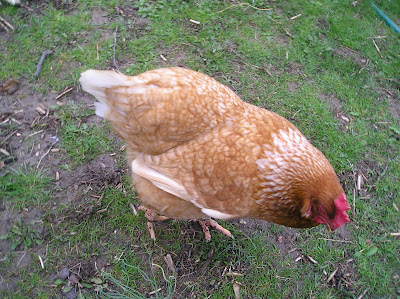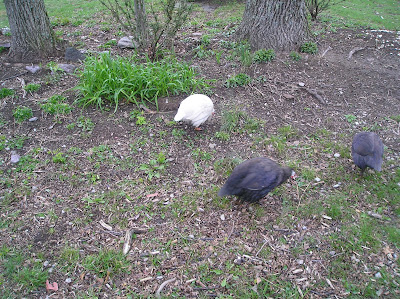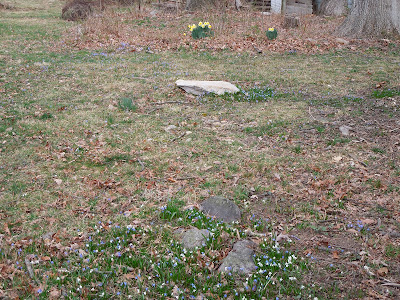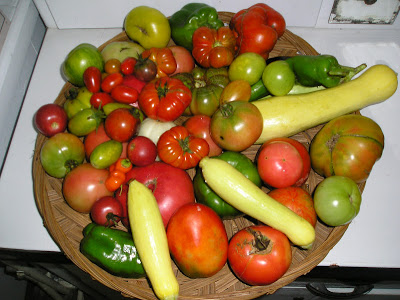Master Gardener Jill Hudock tells us about Star Magnolias.
 |
Magnolia stellata 'Royal Star'
photo by Jill Hudock |
Are you looking for a beautiful tree to add to your landscape? Then look no further. Magnolias, the “Aristocrats of Spring”, have a long history as magnificent additions to the garden. Discovered in the Orient, they were named in honor of the 17th century botanist Pierre Magnol and have graced western gardens in Zones 4-8 for more than 300 years.
There are several well known species but one of the longest flowering and earliest bloomers is
Magnolia stellata, the Star Magnolia.
Beginning in March, the Star Magnolia’s large, 3”-5” white or pink perfumed blossoms can last up to three weeks, before giving way to shiny 4” by 2” oblong-shaped leaves. Not all of the flowers open simultaneously which adds to the length of its show time.
Covered in pussy willow-like casings, the buds swell to release 12 or more tepaled flowers. These
tepals give the Magnolia it’s “star” quality, resembling a starburst rather than the traditional 5 pointed variety. Pale yellow anthered centers hold the strappy tepals in place. When the flowers are nearing their “curtain call” they remind me of ballerina tutus from a
Degas painting…a tree filled with nature’s dancers, “jete-ing” with the breeze.
 |
| Photo by Jill Hudock |
Star Magnolia grows slowly to 20 feet high by 15 feet wide in full sun to part shade. Though preferring acid soil, it grows graciously in many soil types while thriving in both cold and heat. It’s a seasoned performer that knows the show must go on. Sadly, in our area its biggest nemesis is frost. Though its flowers don’t mind near-freezing temperatures, frost will stop the act briefly. Thankfully any unopened buds will continue to bloom. A full three weeks of
Magnolia stellata is a sold-out event. We can count our lucky stars for that type of performance!
Star Magnolias are often grown as multi-trunked specimens, resulting in a densely branched canopy. Single trunks usually have low branches that can be easily pruned up. Pruning gives even more pleasure, as the cut branch releases a delightful lime fragrance. However, remember to prune in the dormant season or after blooming, as the Star Magnolia’s bark will “bleed” if pruned too early in the growing season. This usually doesn’t affect its health but it is unsightly.
By fall, they produce small, 2” fist-like capsules filled with orange-red seeds. While not a noticeable attribute to us, songbirds enjoy them for their high fat content. Star Magnolia leaves turn a butternut yellow before dropping.
I first became acquainted with this shrub-like tree about 14 years ago on a tour of Linda Secrist’s garden. Linda is our current Master Gardener Coordinator. She had planted it on a corner, very close to her home’s foundation and it was at least 15 feet tall. I don’t remember the month of the visit, other than it was very hot and this tree, with its glossy dark green leaves was stunning. Its smooth, light gray bark was a nice contrast to its dark leaves.
I couldn’t believe it was thriving so close to the house. Linda said she really didn’t give it any special attention. I knew then I would find a home for one in my garden. Had to have it, had to have it!! And this was without seeing any of its trademark flowers.
Finding a plant that’s appealing without flowers is exciting. And if it blooms, what a bonus! In a small garden, plants that look good during more than one season are a must. They have to pull their own weight and
Magnolia stellata is certainly one of those.
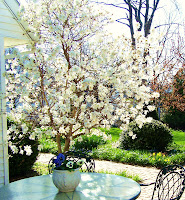 |
| Photo by Jill Hudock |
And so, I too, planted my
Magnolia stellata “Royal Star” (white tepals) on the north-west corner of my home where it has faced fierce westerly winds and scorching summer sun without a hiccup for over a decade. Even though it has a reputation for being a slow grower, mine has managed to be 12’ tall without interfering with my home’s structure. Its roots are not like most trees, as they are rope-like, splaying out from the center. They don’t form a dense rootball. It’s a perfect plant to soften a corner’s hard edge. Thank you very much Linda!
Placing it close to the house has many advantages. I enjoy its blossoms from my dining window when it’s too cold to be outside. I enjoy recognizing its scent, wafting through the garden while I’m doing spring cleanup. And I enjoy its glamorous good looks all summer long. Plenty of joy all the way around!
And, of course, Star Magnolia looks great planted as a single specimen to be appreciated from all angles. It’s also a wonderful visual anchor for a bed. In winter the branches will capture snow, creating a handsome silhouette. Wherever you plant it you will love it. Guaranteed.
So if you’re looking to add spring drama, summer performance, fall feasts for your feathered friends, and winter sculpture to your garden,
Magnolia stellata can bring star quality to any seasonal event. And all for the price of one admission…a luminary not to be missed.


